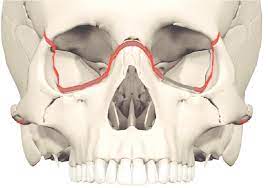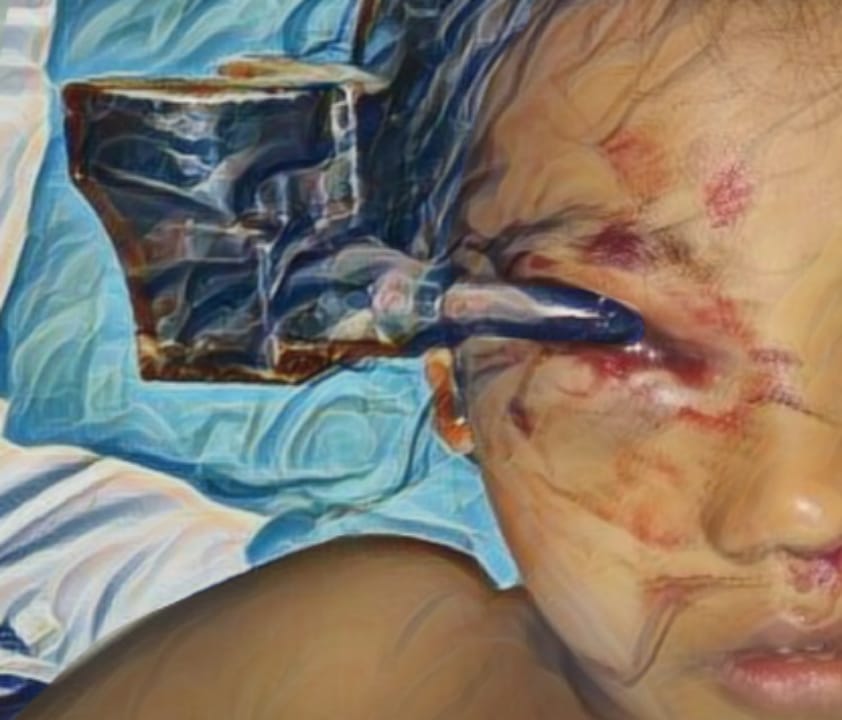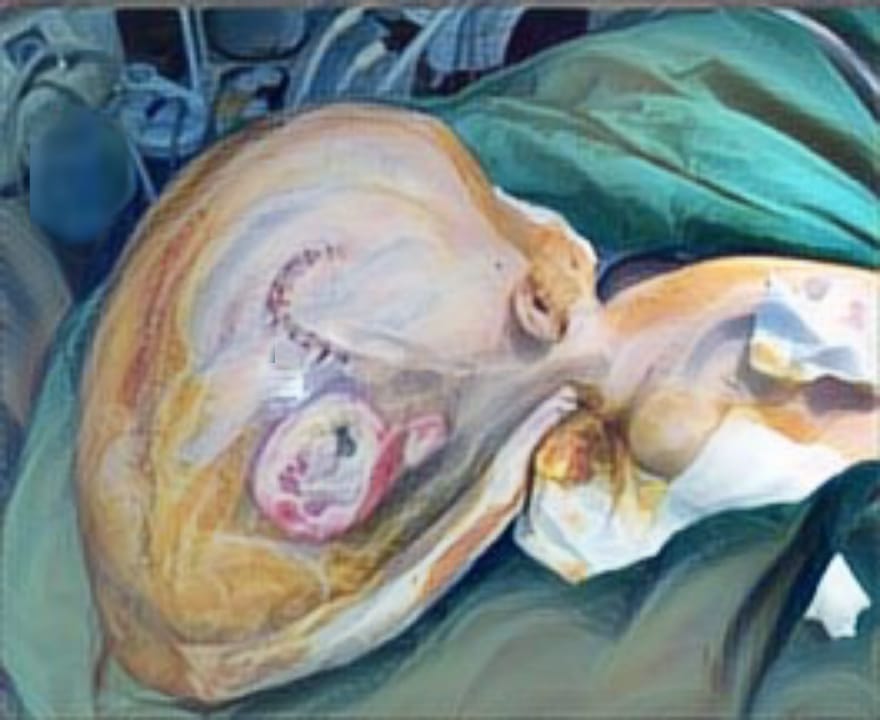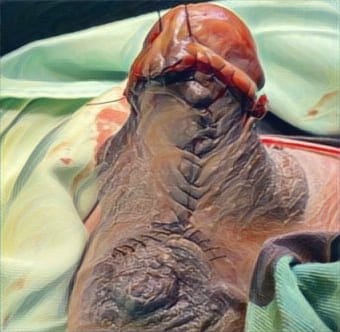ANALYSIS OF MAXILLARY FRACTURE PATIENTS PROFILE IN A TERTIARY GENERAL HOSPITAL (2018-2020)

Downloads
Highlights:
- Maxillary fractures predominantly affected adult males aged between 18 and 64, comprising 92.36% of the cases studied.
- The most common type of maxillary fracture observed was Le Fort 3, followed by other Le Fort classes.
- The preferred treatment method for maxillary fractures was ORIF mini plating, which resulted in favorable outcomes with minimal complications.
Abstract:
Introduction: The maxilla is a crucial bone in the midface, playing a significant role both functionally and cosmetically. Analyzing the medical records of maxillary fractures at Dr. Soetomo General Academic Hospital would offer an overview of the various treatments used and their corresponding outcomes were the aim of this study. This data would provide a general understanding of the patient's conditions during maxillary fracture treatment and could potentially support further research in this field.
Methods: In this study, data on the profile, treatment, and management of maxillary fractures were taken from patient medical records at Dr. Soetomo General Academic Hospital between 2018 and 2020.
Result: The study examined 144 cases of maxillary fractures at Dr. Soetomo General Academic Hospital, analyzing medical records and surgery reports from 2018 to 2020. Most of the patients (92.36%) were adult males (78.47%) aged between 18 and 64. The most common type of maxillary fracture observed was Le Fort 3 (47.22%), while other Le Fort classes accounted for fewer cases. The preferred treatment method was ORIF mini plating (81.25%), and the average hospital stay was around 12.56 days. Only one patient experienced post-treatment malocclusion in the 144 cases. In terms of complications, there were minimal instances of infections and exposed plates, with a total of four cases reported.
Conclusion: The treatment outcomes at Dr. Soetomo General Academic Hospital showed lower incidence rates of post-surgical issues like malocclusion, infections, and exposed plates when compared to other current datasets.
Dalgorf D, Higgins K. Reconstruction of the Midface and Palate. Seminars in Plastic Surgery. 2020;34(2):77–85.
Peretti N, MacLeod S. Zygomaticomaxillary complex fractures: Diagnosis and treatment. Current Opinion in Otolaryngology and Head and Neck Surgery. 2017;25(4):314–9.
Samieirad S, Aboutorabzade MR, Tohidi E, Shaban B, Khalife H, Hashemipour MA, et al. Maxillofacial fracture epidemiology and treatment plans in the Northeast of Iran: A retrospective study. Medicina Oral, Patologia Oral y Cirugia Bucal. 2017;22(5):e616–24.
Bataineh AB. Etiology and incidence of maxillofacial fractures in the north of Jordan. Oral Surgery, Oral Medicine, Oral Pathology, Oral Radiology, and Endodontics [Internet]. 1998;86(1):31–5. Available from:http://www.oooojournal.net/article/S1079210498901469/fulltext
Riasa NP, Parama A, Budiapsari PI, Lestari DPO. The pattern of facial injury among foreign travelers in Bali: A retrospective study. Open Access Macedonian Journal of Medical Sciences. 2020;8:988–93.
SOEHODHO S. Motorization in Indonesia and Its Impact On Traffic Accidents. IATSS Research [Internet]. 2007;31(2):27–33. DOI: 10.1016/S0386-1112(14)60219-3
Brasileiro BF, Passeri LA. Epidemiological analysis of maxillofacial fractures in Brazil: A 5-year prospective study. Oral Surgery, Oral Medicine, Oral Pathology, Oral Radiology, and Endodontics [Internet]. 2006 Jul 1 [cited 2022 Jul 6];102(1):28–34. Available from: http://www.oooojournal.net/article/S1079210405006062/fulltext
Yang CS, Chen SCC, Yang YC, Huang LC, Guo HR, Yang HY. Epidemiology and patterns of facial fractures due to road traffic accidents in Taiwan: A 15-year retrospective study. Traffic Injury Prevention. 2017;18(7):724–9.
Cabalag MS, Wasiak J, Andrew NE, Tang J, Kirby JC, Morgan DJ. Epidemiology and management of maxillofacial fractures in an Australian trauma center. Journal of Plastic, Reconstructive & Aesthetic Surgery [Internet]. 2014;67(2):183–9. Available from:http://www.jprasurg.com/article/S1748681513005834/fulltext
Phillips BJ, Turco LM. Le Fort Fractures: A Collective Review. Bulletin of Emergency and Trauma. 2017;5(4):221–30.
Copyright (c) 2023 I Dewa Gde Daniswara Suarta, Agus Santoso Budi, Rosy Setiawati, Magda Rosalina Hutagalung

This work is licensed under a Creative Commons Attribution-ShareAlike 4.0 International License.
JURNAL REKONSTRUKSI DAN ESTETIK by Unair is licensed under a Creative Commons Attribution-ShareAlike 4.0 International License.
- The journal allows the author to hold copyright of the article without restriction
- The journal allows the author(s) to retain publishing rights without restrictions.
- The legal formal aspect of journal publication accessbility refers to Creative Commons Attribution Share-Alike (CC BY-SA)



















